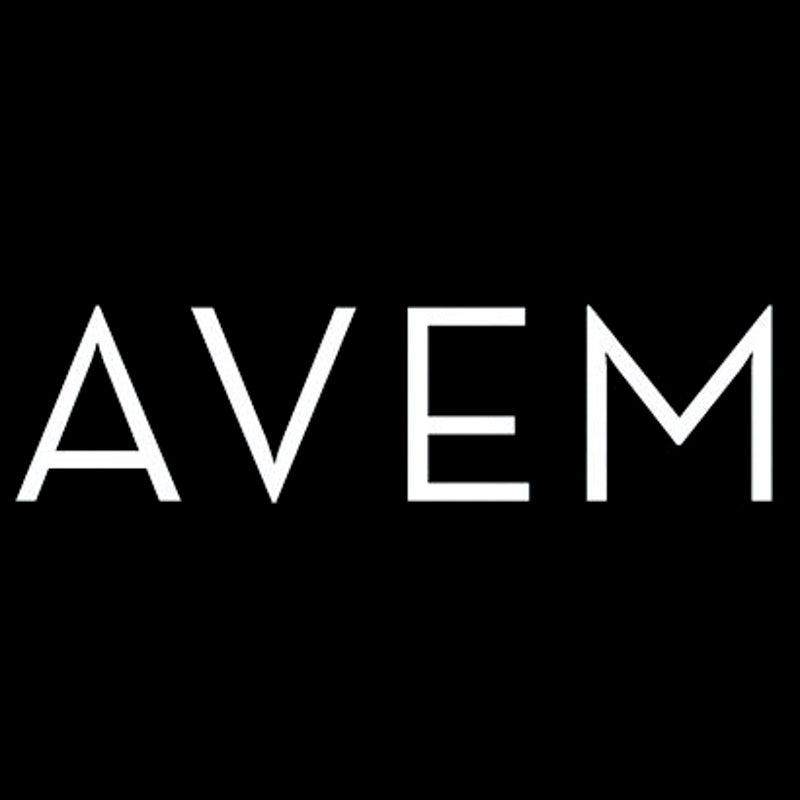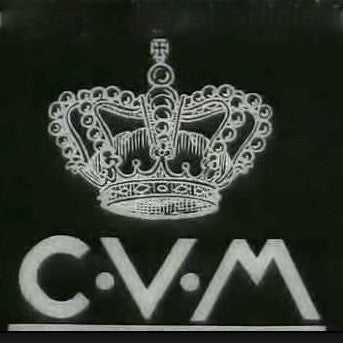Arte Vetraria Muranese (A.Ve.M) emerged from the liquidation of Successori Andrea Rioda in November 1931.
In 1932 a group of master glassblowers decided to open a new glass factory, A.V.E.M. The founding partners were Antonio Ferro with his sons Egidio and Ottone, Galliano Ferro, and Emilio Nason. The first products, mostly designed by Vittorio Zecchin , were characterized by lightness and purity of lines, such as the glassware set, widely described by "Domus" magazine.
Present right from the start at the Venice Biennale, the firm quickly changed its production, in line with the contemporary new trends that favored thick materials, such as pulegoso glass or figures made of a full glass. The most interesting period - artistically speaking - ranged from 1940 to the late 60s.
In 1939 Giulio Radi - coming from Murano island - joined the firm as art director. He was responsible for an in-depth work of research into the reaction of metal oxides on glass, on using murrine, gold, and silver powders, combined with very simple shapes, tending to emphasize the material.
Unfortunately this work was cut short by his premature death in 1952. In 1966 Venice Biennale had paid him homage, by dedicating him a retrospective show of 15 of his articles, all executed by the master Luciano Ferro.
Other outstanding A.Ve.M. products are the "anse volanti" glasswares, invented by Giorgio Ferro and exhibited at the 1952 Venice Biennale. These are vases executed in dark-coloured glass, with an iridescent surface and large asymmetrical handles made under heath from the main body of the vase itself.
This process is actually very difficult to execute, and it attaines peculiar plastic effects that were especially suitable for the style characterizing the 50s decorative arts. In 1955, after having worked together for 22 years, relationships through the partners turned sour and Galliano Ferro left the firm to open and independant furnace: he took with him some of the best maestros as well as his own sons.
During the same period the painters Luigi Scarpa Croce and Anzolo Fuga cooperated with A.Ve.M. The second of these was already known as an independent maker of stained-glass windows exhibited successfully at some Venice Biennali: he appeared very frequently as the inventor of large asymmetrical pieces with abstract decor, obtained through the use of lattimo glass combined with murrine or multicolored pastes, assisted in this by the experimenter's creative impulse of the master glassblower Luciano Ferro; Fuga was present, in the capacity of the designer as well, at the Venice Biennale in 1966 with 4 vases and 2 goblets named "Folclore Ellenico".
The firm exists to this day but it ceased production long ago.
Some stickers from AVEM firm:

Bibliography:
Avem: Arte Vetreria Muranese. Artistic Production 1932-1972





3 コメント
canada pharmaceuticals
Thanks for sharing your info. I truly appreciate your efforts and I am waiting for your next post thanks once again.
33.01hs33xq0efygtq6vgfx305whv@mail5u.run
vitae voluptatem dolores autem ipsa ut labore voluptatum dolor. laudantium et aut quo natus est et sapiente id aspernatur sunt quos.
Terry Brown
I have a table chandelier that I believe is one by AVEM..It was received by my mother in mid 1960’s. Has a sticker that appears to be AVEM .
Is there a site that could verify it? Maybe the value of it??
Thanks for your time,
TerryBrown
コメントを書く
全てのコメントは、掲載前にモデレートされます
このサイトはhCaptchaによって保護されており、hCaptchaプライバシーポリシーおよび利用規約が適用されます。